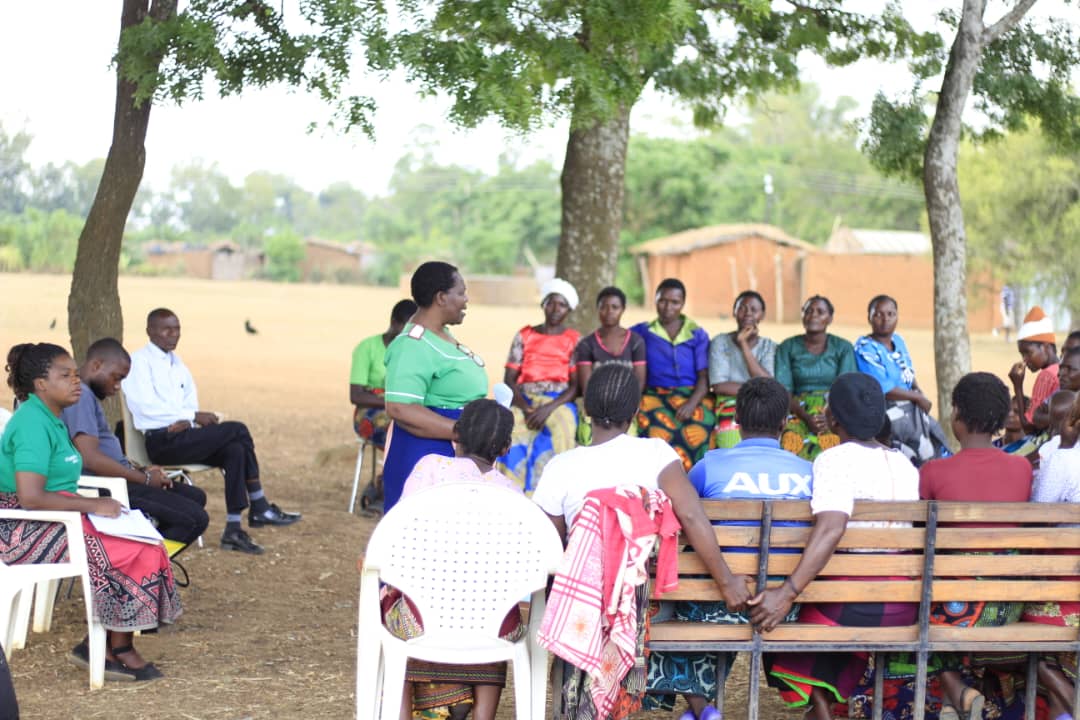Copyright WTOP

This article was republished with permission from WTOP’s news partners at Maryland Matters. Sign up for Maryland Matters’ free email subscription today. Maryland health officials launched a new data dashboard on seasonal respiratory illnesses as the winter holidays approach — with data on the once-novel COVID-19 virus now reported alongside that of influenza and others. The Maryland Department of Health announced Monday that the Maryland Combined Respiratory Illness Dashboard aims to help families monitor seasonal illnesses that spike in the cooler months. But public health researchers say the dashboard is also a sign of a new stage of the COVID-19 pandemic, where it operates as a “relatively equal threat” to the other viruses that circulate in the colder months. Deputy Secretary of Public Health Services Meg Sullivan agrees. “We’re in a different place with COVID, and we know that COVID is endemic and happening,” Sullivan said Monday. “We want to really urge the public to know what is happening in the community, for all the respiratory viruses, to be able to make those informed decisions about how to best protect themselves and their families.” Sullivan described the Maryland Combined Respiratory Illness Dashboard as a “one-stop shop” for respiratory illnesses that Marylanders and health care providers should monitor in the coming months. The dashboard focuses on COVID-19, seasonal influenza and respiratory syncytial virus (RSV), among others. “The goal of the dashboard is to put the data all in one place,” Sullivan said. “To be able to have easy access to a snapshot of what is happening where they live, whether it’s the entire state or more specifically in their counties and how much disease is out there.” The dashboard will be updated weekly to provide information on the respiratory illnesses. That includes information on the number of hospitalizations, along with deaths caused by those illnesses and the number of people getting vaccinated each week. “Respiratory viruses continue to cause significant illness and death in the community each season,” the health department said in a statement. “During the 2024-2025 respiratory virus season, nearly 5,000 Maryland residents were hospitalized with lab-confirmed COVID-19, more than 8,000 with lab-confirmed flu, and more than 2,600 with lab-confirmed RSV.” The Maryland Department of Health has hosted a public-facing dashboard on COVID-19 since the start of the pandemic back in 2020, at the time releasing daily updates on new cases, hospitalizations and deaths from the then-novel virus. But as the pandemic evolved — and infection numbers were affected by the availability of new vaccines, growing herd immunity and other factors — the severity in the pandemic lessened, and state officials moved to weekly updates to the COVID-19 dashboard in May 2023. In addition, the development of at-home tests along with weakened disease tracking infrastructure in the later years of the pandemic reduced the accuracy of overall daily COVID-19 case data. Officials say that the isolated COVID-19 dashboard will remain on the agency’s website, but Sullivan adds that the combined data dashboard will help families understand the full scope of respiratory viruses that could impact their communities. “We would encourage people to use this dashboard to really see what is happening in the community with regards to respiratory viruses,” she said, noting that the dashboard also serves as a “reminder … that vaccines remain the most important way to protect yourselves and your community.” Andrew Pekosz, a Johns Hopkins Bloomberg School of Public Health professor who researches COVID-19 and other respiratory illnesses, says that with new protections from COVID-19, the virus is now endemic and is a “relatively equal threat” to other seasonal illnesses. “We’re now focusing on COVID as one of the respiratory viruses that we’re concerned with, side-by-side with influenza and RSV,” he said. “Now that we have population immunity, now that we have vaccines, now that we have treatments, it’s [COVID-19] fallen to that area of ‘here are the respiratory viruses that we need to follow.’” He agreed that the state’s dashboard grouping COVID-19 data with other seasonal respiratory viruses marks progress against the pandemic. “I think there is, from a general public’s perspective, an advantage to us talking about them as all being relatively equal threats to the population, because that shows you that we’ve gotten someplace with the COVID pandemic,” Pekosz said. “We’re now treating it like we do these other viruses,” he said. “COVID-19 has now gotten to that area where it’s still a concern, but it’s an equal concern to other respiratory viruses that are circulating.”



